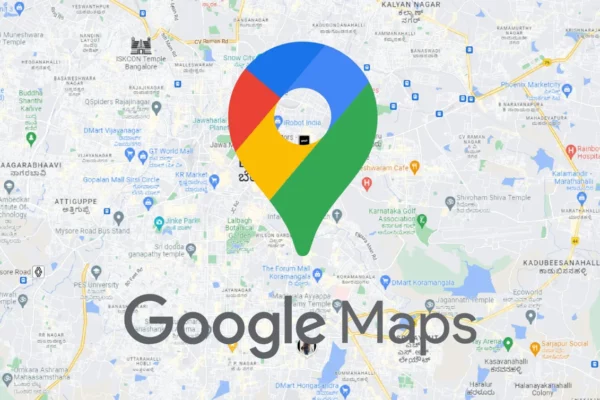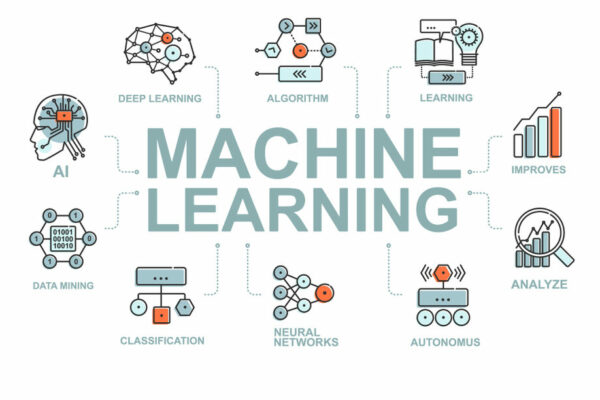Introduction
The world of technology has undergone remarkable transformations over the years, with each generation of wireless communication bringing faster and more efficient data transmission. In this context, 5G technology stands as a groundbreaking milestone in the telecommunication industry. This article delves into the evolution, features, applications, benefits, challenges, and potential implications of 5G technology, a technology that is reshaping the way we interact with the digital world.
1. Evolution of Wireless Communication
Before we explore 5G, it is essential to trace the evolution of wireless communication. The first generation (1G) brought analog voice transmission in the 1980s, followed by the digital era with 2G, which allowed for short message service (SMS) and improved voice quality. The third generation (3G) introduced mobile data, enabling mobile internet access and basic video calling. 4G, the fourth generation, brought about significant improvements in data speeds, supporting high-definition video streaming and diverse mobile applications.
2. What is 5G Technology?
5G, the fifth generation of wireless technology, promises a paradigm shift in communication by offering enhanced data rates, ultra-low latency, massive device connectivity, and increased network reliability. Unlike its predecessors, 5G combines several new technologies, including massive multiple-input, multiple-output (MIMO), millimeter waves (mmWave), small cells, and network slicing.
3. Key Features of 5G
a) Enhanced Data Rates: 5G technology aims to deliver peak data rates of up to 20 Gbps, surpassing 4G speeds by multiple folds. This improvement enables swift downloads, smooth 4K video streaming, and immersive virtual reality experiences.
b) Ultra-Low Latency: 5G significantly reduces network latency, reaching as low as 1 millisecond. This near real-time response is crucial for applications like remote surgery, autonomous vehicles, and industrial automation, where split-second decisions can be life-saving.
c) Massive Device Connectivity: 5G networks are designed to support a massive number of connected devices simultaneously. This opens up possibilities for the Internet of Things (IoT) to flourish, revolutionizing smart cities, healthcare, and more.
d) Network Slicing: This feature allows operators to partition a single physical network into multiple virtual networks tailored to specific applications or user needs. Network slicing facilitates optimal resource allocation and ensures different services receive the required level of performance.
4. Applications and Use Cases
a) Smart Cities: 5G can transform urban centers into smart cities, with efficient traffic management, smart lighting, waste management, and real-time monitoring of various services.
b) Healthcare: The low latency and high bandwidth of 5G enable telemedicine, remote patient monitoring, and surgical assistance through augmented reality (AR) and virtual reality (VR) technologies.
c) Autonomous Vehicles: Self-driving cars rely heavily on real-time data processing and communication. 5G provides the necessary connectivity for safe and efficient autonomous driving.
d) Industrial Automation: 5G facilitates advanced robotics and industrial automation by offering low-latency, high-reliability connectivity for machines and sensors.
e) Gaming and Entertainment: The high data rates and low latency of 5G enhance mobile gaming experiences and enable cloud-based gaming services.
5. Advantages of 5G Technology
a) Improved User Experience: With faster data speeds and low latency, users can enjoy seamless and high-quality streaming, better video calls, and improved overall connectivity.
b) Economic Growth: 5G is expected to fuel economic growth by driving innovation, creating new business opportunities, and generating employment in various sectors.
c) Efficient IoT: The massive device connectivity of 5G promotes the widespread adoption of IoT applications, leading to smart homes, wearable devices, and enhanced automation.
d) Healthcare Transformation: Telemedicine and remote patient monitoring enabled by 5G can improve healthcare accessibility and efficiency, especially in remote areas.
e) Environmental Impact: 5G can contribute to environmental sustainability through smart energy management, efficient transportation, and reduced carbon emissions.
6. Challenges and Limitations
a) Infrastructure Deployment: 5G requires a dense network of small cells and extensive fiber-optic backhaul infrastructure, which may pose challenges during deployment.
b) Spectrum Allocation: Allocating sufficient and appropriate spectrum for 5G networks remains a complex task, requiring careful coordination among governments and regulatory bodies.
c) Security Concerns: As 5G networks become critical infrastructure, ensuring robust security measures is paramount to prevent cyberattacks and data breaches.
d) Interference and Range: Millimeter waves used in 5G have a shorter range and are susceptible to interference from obstacles, necessitating additional infrastructure planning.
7. 5G and the Future
The successful deployment of 5G technology will be a significant milestone in the digital revolution. However, it is just the beginning of an exciting journey towards a more connected and intelligent world. As technology advances, 6G and beyond are already on the horizon, promising even greater capabilities, including quantum communication and even faster data transmission.
Conclusion
5G technology has the potential to revolutionize industries, improve quality of life, and unleash a wave of innovative applications that were once mere dreams. With its unparalleled data speeds, ultra-low latency, and massive device connectivity, 5G is poised to reshape the way we live, work, and interact with our surroundings. However, addressing the challenges and ensuring security and accessibility for all will be key to unlocking the full potential of this transformative technology. As 5G continues to expand its reach, the world awaits a future of unprecedented connectivity and opportunities.











Leave a Reply
You must be logged in to post a comment.